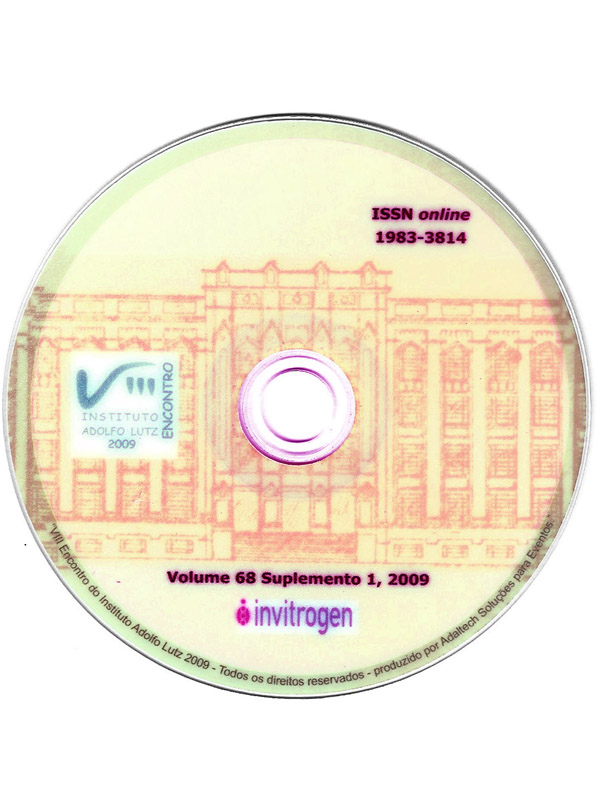Abstract
HTLV-2 has two main subtypes: HTLV-2a frequently finding in North America, and HTLV-2b in Europe. Recently, a third subtype was identified: HTLV-2d. In Brazil, HTLV-2a predominates, and although phylogenetically related to -2a subtype, they have a -2b phenotype, which allowed the denomination HTLV-2c. The aim of this study was to characterize HTLV-2 long terminal repeat (LTR) genomic region in blood samples obtained from HIV-coinfected individuals from Londrina and surrounding region (ParanáPR) and São Paulo (São Paulo-SP). The study employed samples from 18 subjects with HTLV-2 infection: 14 from PR and 4 from SP. The LTR region of HTLV-2 was amplified by PCR and nested PCR using inner primers. PCR products were sequenced in ABI 3100 genetic analyzer, and a fragment of 458bp was obtained. The sequences were manually edited using Sequecher4.7. The subtypes were verified using the tools Genotyping and BLAST, both from NCBI (http://www.ncbi.nlm.nih.gov). Sequences were aligned using Clustal W program. Alignments were inspected and confirmed by manual editing (BioEdit7.0.9.0). Phylogenetic construction and evolution were done using PAUP4.0b10. Similarity among nucleotide sequences was performed using Mega 4.0.1. The analysis using the tools Genotyping and BLAST put all the 18 isolates into HTLV-2a subtype. The best fit model of evolution was the HKY+i+G. The trees (NJ and ML) yielded similar topologies. The phylogenetic analysis of LTR region clustered all isolates in the HTLV-2a subtype. Similarity among sequences (PR+SP) was higher (99.1%) than between sequences (PR+SP) and the HTLV-2a Mo prototype (98.9%). For the first time molecular sequencing was employed to subtype HTLV-2 in Londrina and surrounding region, and confirmed the presence of HTLV-2a in this geographic area. Indeed, confirmed the existence of HTLV-2a in São Paulo. The LTR region of such sequences (PR and SP) was found to be conserved.

This work is licensed under a Creative Commons Attribution 4.0 International License.
Copyright (c) 2009 Instituto Adolfo Lutz Journal
